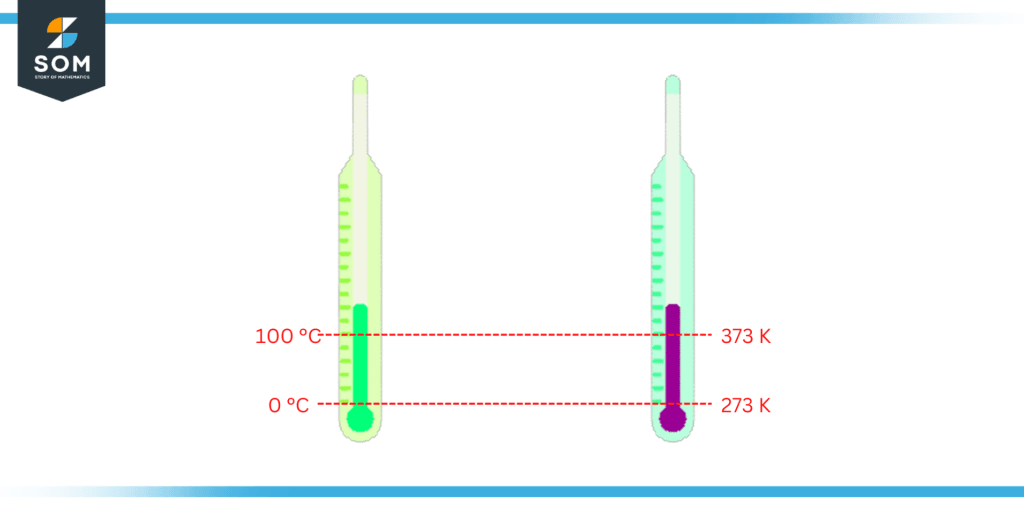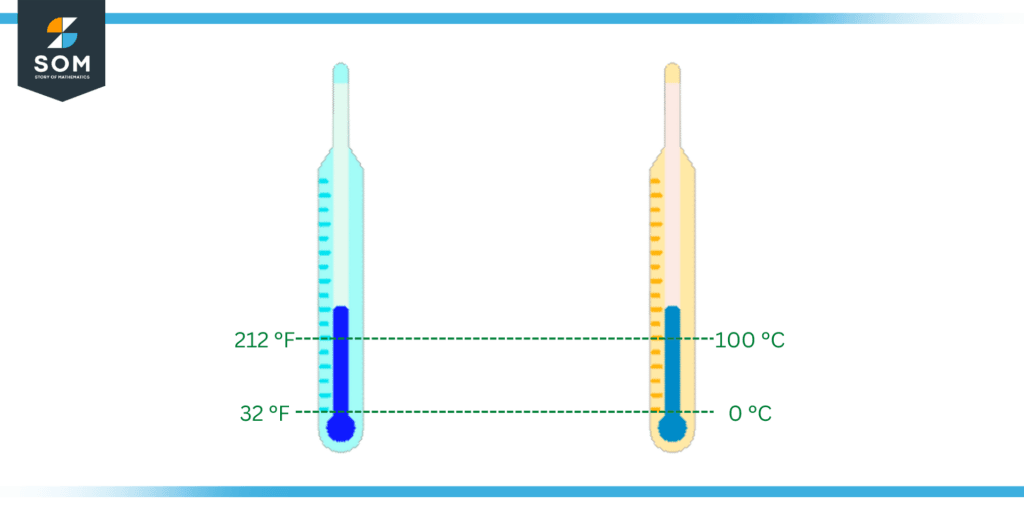JUMP TO TOPIC
Degree Temperature|Definition & Meaning
Definition
The level of warmth or cold is measured in terms of degrees of temperature. It is utilized to determine a substance’s or item’s temperature and is frequently stated in terms of degrees on a specific temperature unit.
The extent of how hot or cold a material or item is measured by its temperature. It is a unit of measurement for the mean kinetic energy of a material’s atoms, and it is commonly represented in degrees on a specific temperature scale.

Figure 1: Illustration of Degree Temperature
You can measure degree temperature using various temperature scales. some of the most common degree temperatures are mentioned below.
- Kelvin
- Degree Celsius
- Degree Fahrenheit
Kelvin
According to the rules of thermodynamics, the Kelvin unit of degree temperature is a unit of absolute temperature. It bears the name of Lord Kelvin, a British scientist who created the unit in the middle of the nineteenth century.
The Kelvin unit of degree temperature is premised on the idea of absolute zero, which refers to the point in a material’s or item’s temperature range where all particles cease to move. The Kelvin unit has a value of 0 K for representing absolute zero. The Kelvin unit, which is employed in scientific and technical applications, is the principal temperature unit used in the study of weather.
Additionally, it is employed in the International System of Units (SI), the predominant unit system of measurement in the fields of science and engineering.
The Kelvin units’ ability to be used as an absolute scale, a scale that is not dependent on any specific material or property, is one of its main benefits. This distinguishes it from other temperature units that are based on the characteristics of certain elements, like Degree Celsius, which is founded on the characteristics of water, and Degree Fahrenheit, which is founded on the characteristics of mercury.
Therefore, Kelvin as a unit of temperature is more constant and trustworthy. Using the formula shown below, you can change temperatures from the degree Celsius to the Kelvin scale:
K = C + 273.15

Figure 2: Degree Celsius to Kelvin
Similarly, You can employ the following equation to change temperatures from the degree Fahrenheit to the Kelvin scale:
K = (F + 459.67) / 1.8
The degree symbol (°), which is used to represent temperature on other scales, is not used on the Kelvin scale. A number (showing the intensity of heat) and the letter “K” are used to represent the temperature rather. 25 °C, for instance, corresponds to 298 K on the Kelvin scale.
Degree Celsius
Using the characteristics of water as a foundation, the degree Celsius scale measures temperature. It bears the name of Anders Celsius, a Swedish scientist who created the unit in the 17th century.
The degree Celsius scale is the principal unit of temperature that is used in the International System of Units and is widely utilized in weather forecasting and daily life (SI). It is founded on the idea that water has two key temperatures: the melting point, which is specified as zero degree Celsius, and the boiling point, which is specified as 100 degrees Celsius.
Although the name “degree centigrade” is no longer as widely used as it once was, the degree Celsius scale is nevertheless sometimes referred to as the “degree centigrade” scale. unlike the kelvin scale, on the degree Celsius scale, the temperature is denoted by the degree symbol (°).
The formula shown below can be used to change temperatures from the degree Fahrenheit scale to the degree Celsius scale:
°C = (F – 32) / 1.8
Similarly, the formula shown below can be used to change temperatures from the Kelvin scale to the degree Celsius scale:
C = K – 273.15
It is significant to remember that, unlike the Kelvin scale, the degree Celsius unit is not absolute. It is predicated on the characteristics of water, which are susceptible to variations in air pressure. This implies that the melting and boiling temperatures of water can change a bit relying on the atmospheric circumstances.
Notwithstanding this, many people still use the degree Celsius scale to gauge temperature since it is regarded as accurate and practical.
Fahrenheit Scale
The degree Fahrenheit unit is a temperature measurement system that is founded on the characteristics of mercury. It bears the name of the German scientist Daniel Fahrenheit, who created this unit in the 17th century.
As opposed to the degree Celsius scale, which is more commonly used, the degree Fahrenheit scale is mostly used in the United States and some other nations. It is founded on the notion of water’s melting temperature, which is specified as 32 degrees Fahrenheit, and boiling temperature, which is specified as 212 degrees Fahrenheit.
On the degree Fahrenheit scale, the temperature is represented by the degree sign (°). The formula shown below can be used to change the temperature from the degree Celsius scale to the degree Fahrenheit scale:
F = C x 1.8 + 32

Figure 3: Degree Fahrenheit to Celsius
Similarly, the formula shown below can be used to change the temperature from the kelvin scale to the degree Fahrenheit scale:
F = (K x 1.8) – 459.67
It is significant to remember that, unlike the Kelvin scale, the degree Fahrenheit scale is not absolute. It is rooted in the characteristics of mercury, which may be impacted by variations in air pressure.
Consequently, based on the weather conditions, the melting and boiling temperatures of water may differ slightly. Notwithstanding this, many Americans still use the degree Fahrenheit scale since it is regarded as an easy method for determining temperature.
Other Temperature Scales
The Rankine scale and the Réaumur scale are some additional and relatively lesser popular units of temperature. These scales are mostly utilized in engineering-related fields and some European nations.
Significance of Degree Temperature
Degree temperature is a basic concept that is important in comprehending and anticipating various events that occur around us. They have applications in a number of disciplines, including medicine, engineering, and weather forecasting.
It is crucial to comprehend the many temperature scales and the process of converting between them to effectively forecast weather patterns, construct and evaluate technologies, and comprehend how temperature affects living things.
Examples of Degrees in the Context of Temperature
Example 1
James’s body temperature came out to be 34 degrees Celsius upon checking. What would be his body temperature in kelvin?
Solution
As mentioned above, we can convert temperature from degrees Celsius to kelvin using the following equation.
K = C + 273.15
K = 34 + 273.15
K = 307.15 K
Example 2
On a warm afternoon, a roadside temperature meter read 95 degrees Fahrenheit. What will be the temperature in degrees Celsius?
Solution
As mentioned above, we can convert temperature from degrees Fahrenheit to degrees Celsius using the following equation.
C = (F – 32) / 1.8
C = (95 – 32) / 1.8
C = 35 °C
All images/mathematical drawings were created with GeoGebra.
